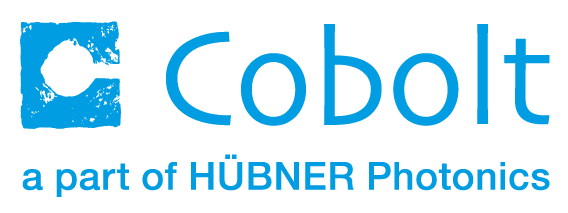How to choose lasers for Raman Spectroscopy
Choosing the best illumination wavelength for a given application is not always obvious. Many system variables must be considered to optimize a Raman spectroscopy experiment, and several of them are connected to the wavelength selection.


